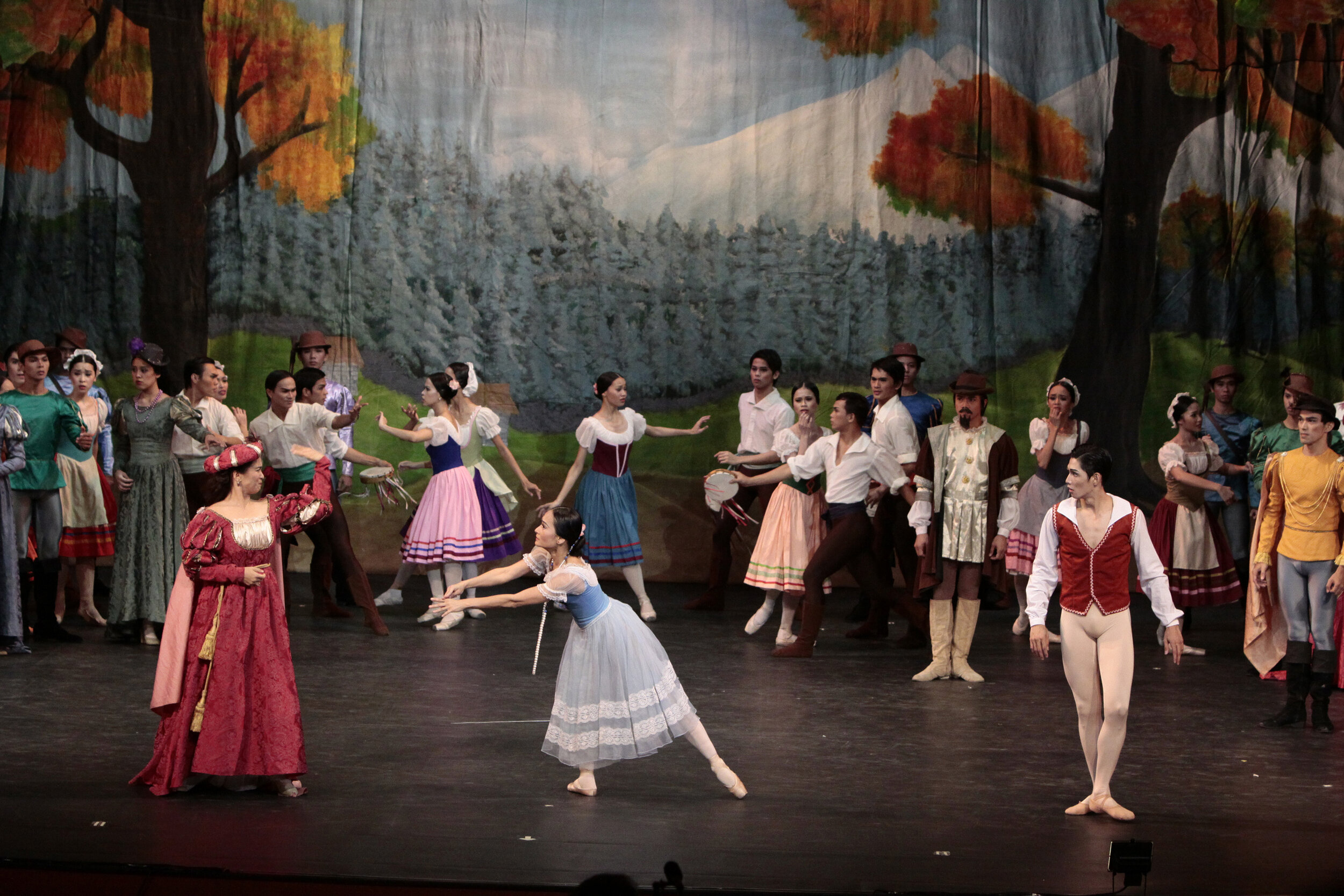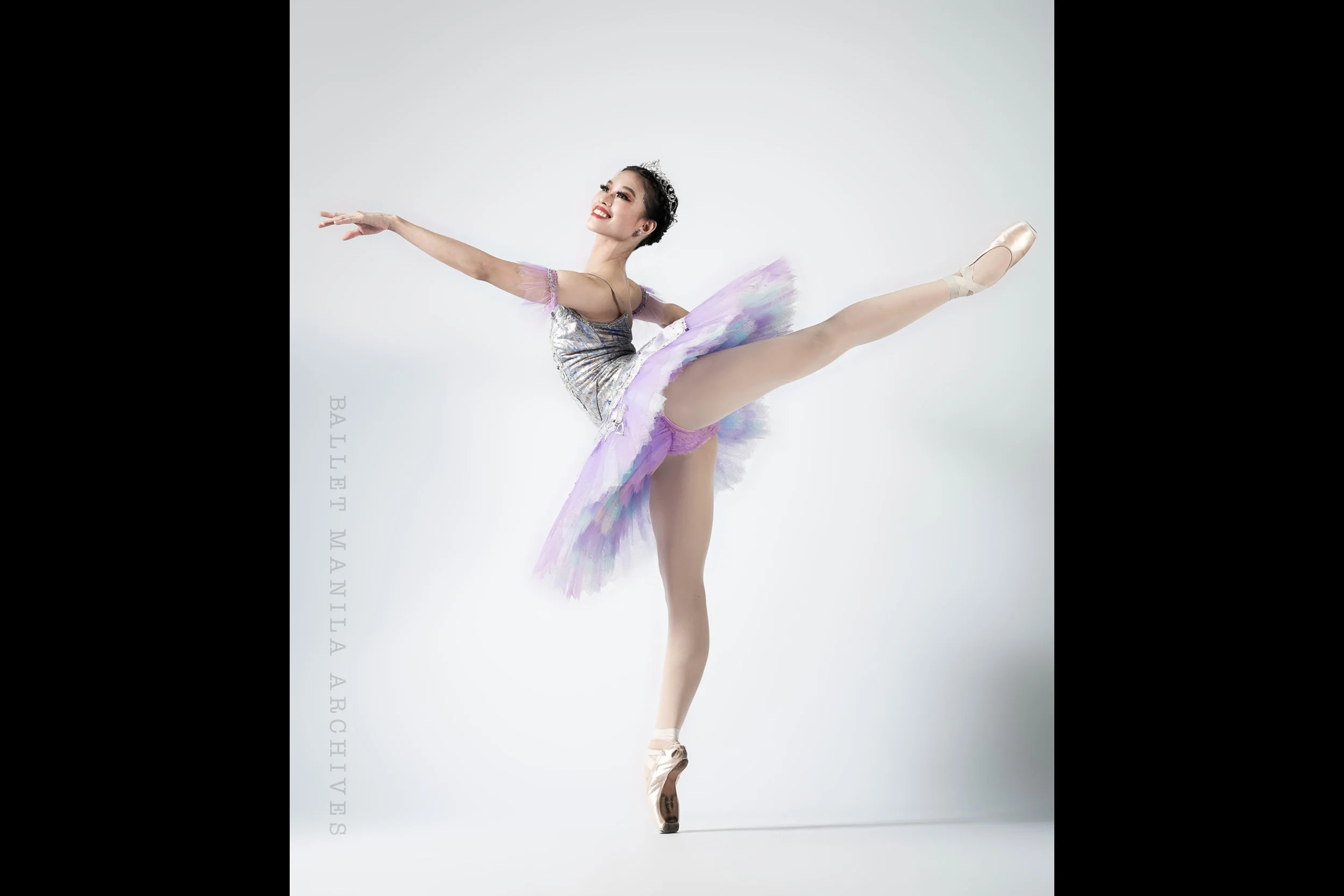10 things you may not know about ‘Giselle’
Giselle had its world premiere on June 28, 1841, as performed by the Ballet du Theatre de l’Academie Royale de Musique (with the Academie Royale de Musique now commonly known as the Paris Opera).
The world premiere of Giselle was held at the Salle Le Peletier or Lepeletier, the home of the Paris Opera from 1821 until the building was destroyed by fire in 1873.
The libretto of Giselle was written by two Frenchmen – Jules-Henri Vernoy De Saint-Georges, a prolific playwright, and Theophile Gautier, a poet, dramatist, novelist, journalist and art and literary critic.
The choreography was a collaboration between French dancers and choreographers Jules Perrot and Jean Coralli. While it was common knowledge in Paris that Perrot – the lover of Carlotta Grisi who was to dance as Giselle – created Grisi's dances, he was given no official credit in the posters and programs for the ballet.
The story of Giselle is said to have been inspired by a two-paragraph passage in De l’Allemagne (On Germany) by German poet and essayist Heinrich Heine, about the legend of the Wilis – restless souls of maidens who, having died before their wedding day, would lure young men to dance to death.
Another inspiration was reportedly French novelist Victor Hugo’s poem Fantomes, featured in the anthology Les Orientales (1829). The verse is about a beautiful 15-year-old Spanish girl who loves to dance who supposedly becomes too warm at a ball and dies of a chill in the cool morning.
French composer Adolphe Adam, known for writing ballet and opera music in the early 19th century, created the music for Giselle which he finished in two months. The music was written in the smooth, song-like style of the day called “cantilena.”
While it is common knowledge that Italian ballerina Carlotta Grisi was the first Giselle, most people don’t know that Lucien Petipa – a French ballet dancer and brother of choreographer Marius Petipa – was the very first Albrecht.
.Choreographer Jean Coralli himself was the first Hilarion, the jealous gamekeeper who discovers Albrecht’s deception.
Giselle was a huge success, making 6,500 francs between June and September of 1841, said to be twice the amount earned for the same time period in 1839. Souvenirs were sold, pictures of Carlotta Grisi as Giselle were printed, and sheet music arrangements were made for social dancing. The ballet was subsequently performed across Europe, Russia and the United States.






















